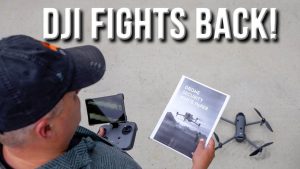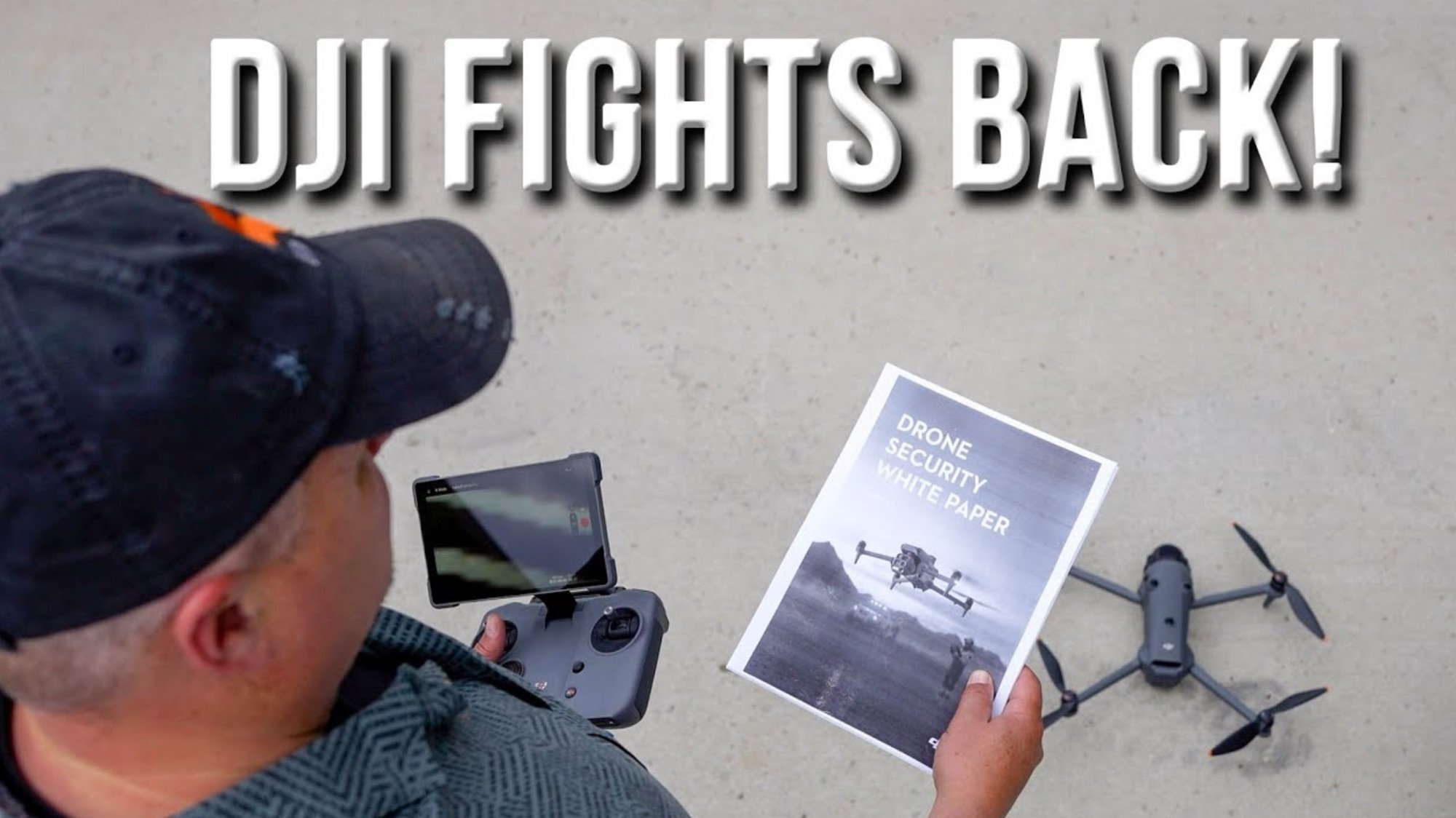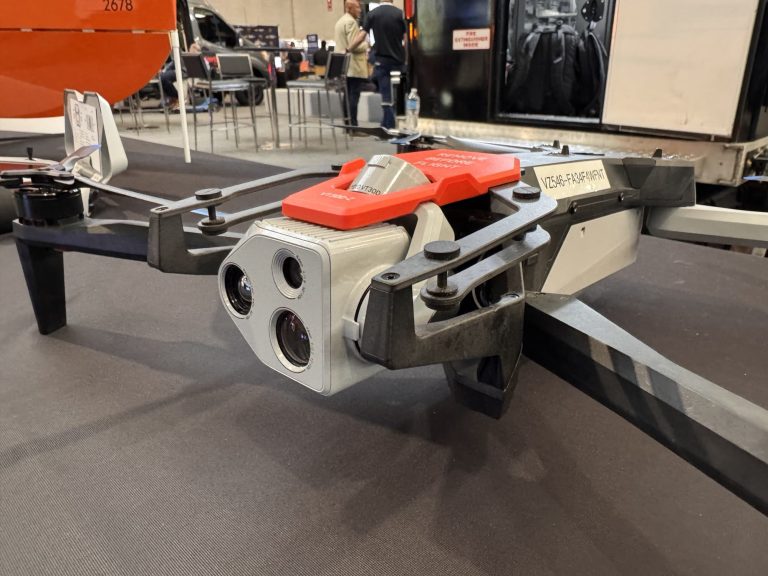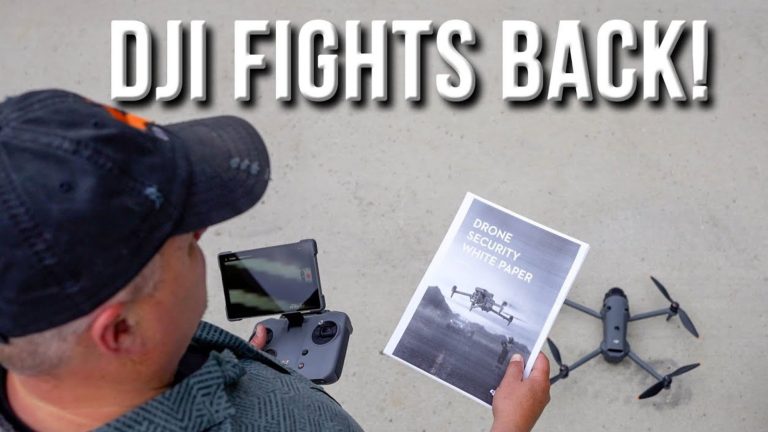Hi everyone, how are you doing? DJI recently released its 2025 Security White Paper, a comprehensive document spanning over 70 pages of technical and policy details. This paper directly challenges the narrative that DJI drones pose a national security risk. Its significance extends beyond enterprise users to anyone who owns or plans to own a DJI drone.
Today, I’ll break down what the white paper says, what it means, and why it’s a big deal, especially as the U.S. Government pushes to blacklist DJI.
Introduction to the White Paper
Welcome back to the channel! If you’re new here, I’m Russ—thanks for stopping by. I know some of you might feel we’re beating a dead horse, but highlighting this white paper’s importance is crucial. If it raises even one lawmaker’s eyebrow, it’s worth it.
Addressing the National Security Concerns
The U.S. government has taken steps to restrict DJI, from adding them to economic blacklists to potentially banning their products, citing national security concerns. The claim is that DJI drones collect sensitive data and send it to China. This sounds alarming until you examine DJI’s efforts to prevent this, as outlined in the white paper.
Robust Security Measures
The white paper details the security measures built into DJI’s drones, covering both consumer and enterprise models. DJI makes it clear: your drone does not send photos, videos, or flight logs to their servers unless you manually choose to sync data. As of June 2024, U.S. users no longer have that option—syncing to DJI servers has been removed entirely.
DJI also offers Local Data Mode (LDM), which takes the drone’s app completely offline, eliminating internet access, background data, or accidental syncing. It’s like flying your drone in airplane mode—ironic, right? For recreational pilots flying in their backyard or at a park, your data stays on your phone, SD card, or controller, not with DJI or China.
Security for All Users
These security features aren’t just for enterprise users. Consumer drones like the Mini 4 Pro or Mavic 4 Pro benefit from protections like data encryption using industry-standard AES-256. To put this in perspective, AES-256 is so secure that cracking it would take longer than the universe has existed, even if every star in our galaxy ran a key every second. Other features include secure boot to ensure untampered firmware, reset functions to wipe drone data, and encrypted logs and media files.
Enterprise operators, such as those conducting inspections, public safety, or utility work, get even more control with encrypted flight logs, password-protected media, secure offline updates, and on-premises server options to avoid cloud storage. These measures make DJI’s systems undeniably secure.
Third-Party Audits and Transparency
DJI isn’t just asking for TRUST. Over the past seven years, third-party firms like Booz Allen Hamilton and FTI Consulting have audited DJI’s products, hardware, software, and cloud infrastructure. In 2024, FTI audited the Mavic 3T, Pilot 2 app, and RC Pro controller, finding no unexpected data transmission and zero outbound traffic in Local Data Mode—verified results.

Data Storage Clarifications
A common claim is that DJI stores user data in China. This is false for users outside China. U.S. users’ drone data is stored on AWS servers in the United States, while enterprise operators can choose servers in Europe or Japan. DJI’s FlightHub 2 on-premises option allows users to store everything locally on private servers, offering maximum security.
Since 2017, DJI has run a bug bounty program, paying over $150,000 to security researchers who identify vulnerabilities. Responsible tech companies welcome scrutiny and address issues quickly. While some critics point to a 2017 security flaw, DJI resolved it and launched the bug bounty program. No security issues have been reported since.
Why the White Paper Matters
The white paper is technical and detailed, covering specific drone models, firmware processes, SDK behaviors, encryption protocols, and even open-source repositories. If DJI were hiding something, they wouldn’t publish such a transparent document.
Despite these protections, independent audits, and DJI’s use by public safety agencies, the U.S. government continues to push for a ban. By the end of 2025, DJI may lose FCC authorizations, preventing Legal operation in the U.S. This would devastate thousands of small businesses—real estate photographers, surveyors, farmers, First Responders—and the communities they serve. The ripple effect of a ban would be profound, and its full impact may only be realized once it happens.

The Bigger Picture
Should we care about national security? Absolutely. But concerns must be based on facts, not fear. DJI takes security seriously, arguably more than some U.S.-based tech platforms that collect and sell personal data daily. Unlike many internet-connected devices, DJI isn’t selling your data.
Current Challenges with DJI Product Availability
You may have noticed DJI products are out of stock on their website or Amazon. This stems from Customs and Border Protection sanctions against DJI, linked to a 2019 incident where the Chinese government used DJI drones to monitor minorities, prompting human rights violation claims. Blaming DJI for this is like blaming a car manufacturer for how a buyer uses their vehicle. The timing of these sanctions—six years later, with no proven security issues—feels strategic. DJI has submitted required documentation, but the government has stalled progress, leaving the issue unresolved.
Looking Ahead
If DJI gets banned, it’s not just about losing a brand—it’s about losing innovation, accessibility, and affordability. The frustration lies in the lack of immediate substitutes. If banned, it could take years for viable alternatives to emerge, leaving many without the tools they need.
I recommend reading the white paper, whether you’re a recreational or commercial drone pilot. It’s technical but educational, helping you understand the tools protecting your data.
Click thumbs up if this video informed you, subscribe for updates, and follow me on social media (@51drones) for more content. Have a great day, and as always, fly safe and fly smart!
Discover more from DroneXL.co
Subscribe to get the latest posts sent to your email.











+ There are no comments
Add yours